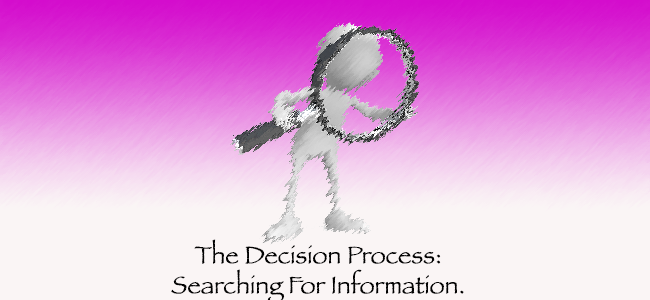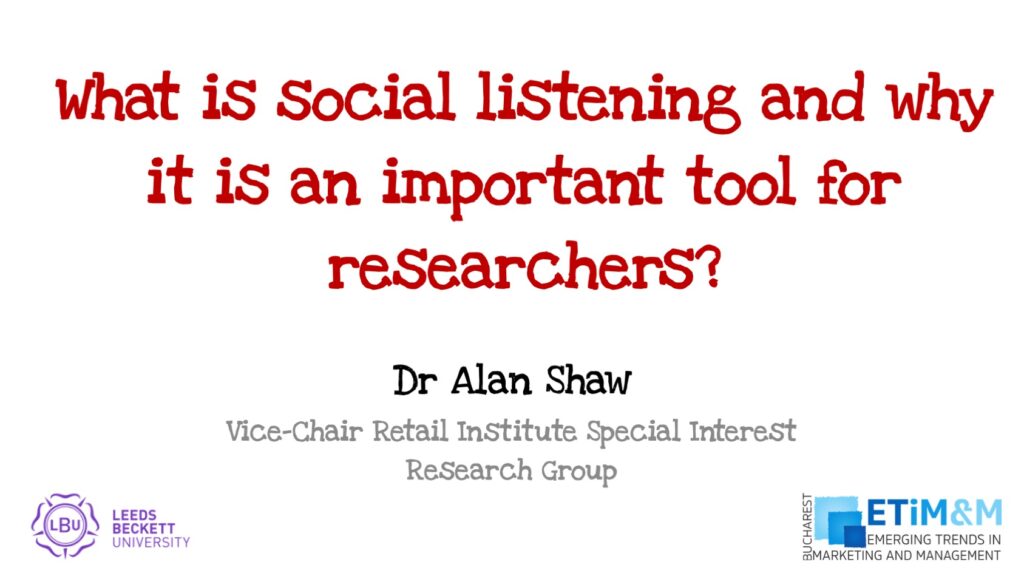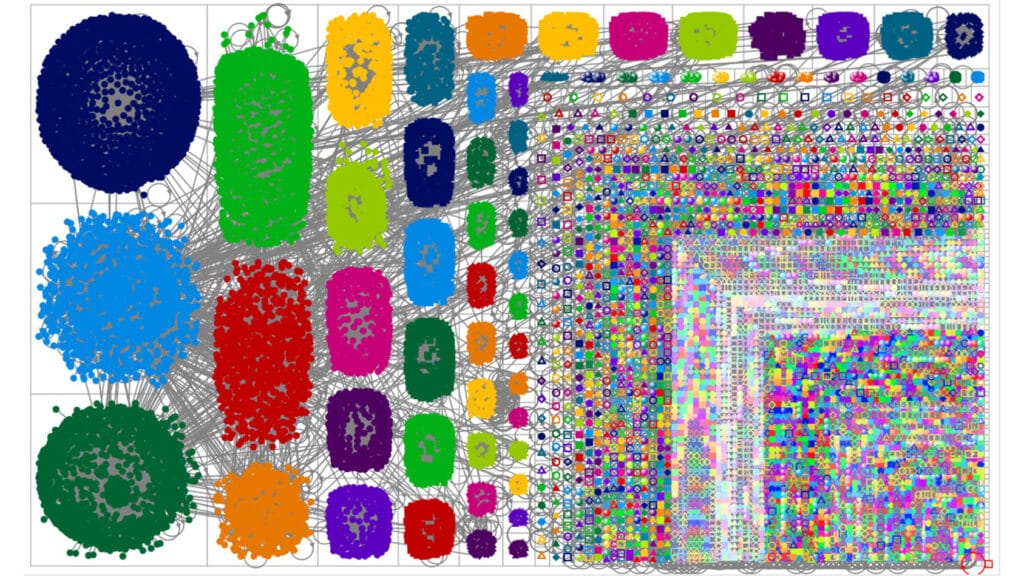
My last blog, which also focused on the consumer decision model concentrated on the influencing factors of the decision process. Today it is my objective to look at the decision process itself, more specifically the ‘internal search for information’. As you can see from figure 1, the decision process should cover: search mechanisms, per-purchase evaluation, the purchase itself, which includes the use, then finally the post purchase evaluation. These later elements will be covered in future blogs.
[image source_type=”attachment_id” source_value=”2671″ caption=”Figure 1: The Consumer Decision Model” align=”center” icon=”zoom” size=”small” fitMobile=”true” autoHeight=”true” quality=”100″ lightbox=”true”]
Having identified a need, an individual will start the process of locating the best possible option. This search can be split into two sections: internal and external. The internal search delves into our own personal memories, thus explaining why advertising and branding are so important: as the diagram demonstrates (see figure 1), our memories are directly linked to five specific variables: exposure, attention, comprehension, acceptance and retention.
The exposure is essentially the contact we have had with a particular brand. Studies have shown that “pulsing” the adverts (cycling it on and off over a period of time) is the most effective way of gaining this exposure. Be warned, this will not work for all products and services. Take for example Easter eggs, there is no point pulsing the adverts associated with an Easter egg brand throughout the year because they are only of interest for a short time frame (i.e., during the run up to Easter). Generally however, pulsing is great for everyday brands (by everyday I mean brands that are not seasonal). The pulsing provides the exposure needed to ‘seed’ a thought in our memory.
Now, the memory process will work in one of two ways: the first can be classed as recall and the second recognition. This is important, because we as individuals are not likely to remember everything (the recall). If an individual cannot recall your brand you would hope that they would recognise it during the shopping process (the recognition). You then hope that the consumer will say, “that’s for me” when they lay eyes on it.
So, which is best for a brand: recall or recognition? Ideally you will want it to be recall, but only the big global brands with large advertising budgets can achieve this. My rule of thumb is as follows, you will ideally want to get high involvement products to be ‘recalled’ and low involvement ones to be recognised. This is because the gap between purchases for high involvement products can be long: insurance, usually a year; a car, 3 to 5 years; a sofa, 5 to 10 years etc. Missing out on a sale of high involvement products could be critical to your year end targets.
When you design your advert, you need to make sure that you are able to grab and maintain the attention of your target audience. This is where the creative element plays a big part of the process: what is it that your audience will find interesting, i.e., what will make them stop and listen, watch or read the said advertising copy. You must also bear in mind that at some point this copy will experience ‘wear-out’, i.e., the individual will stop finding that particular piece of copy interesting and switch off. At this point a new campaign will be required.
You must also make sure that the targeted audience can comprehend and accept what your brand is saying. There are many examples of campaigns that have failed such a test. The most common mistake is forgetting the cultural differences that exist on our tiny planet and using a campaign that was successful in another country: Doves’ Real Beauty campaign is a good example of this: it was a big success in Europe and North America but failed in Japan.
Your final challenge is getting your target market to retain the message you are looking to convey. The trick is to keep it simple, strap lines and jingles can help with this process. Linked with the above is the process of branding, this is inextricably associated to the recognition and recall process. I have written a separate article on this, which you can find here.
So that does it for today, next time I shall focus on the external search process.
Alan Shaw
Latest posts by Alan Shaw (see all)
- What is social listening and why it is an important tool for researchers? - July 31, 2021
- COVID-19 and Remote Learning: Experiences of parents supporting children with SEND during the pandemic. - June 30, 2021
- Using Netnography To Evaluate The Launch And Collapse Of The European Super League - April 21, 2021
- Developing Semi-Structured Interview Questions: An Inductive Approach. - April 9, 2020
- Developing Semi-Structured Interview Questions: A Deductive Approach - April 9, 2020














